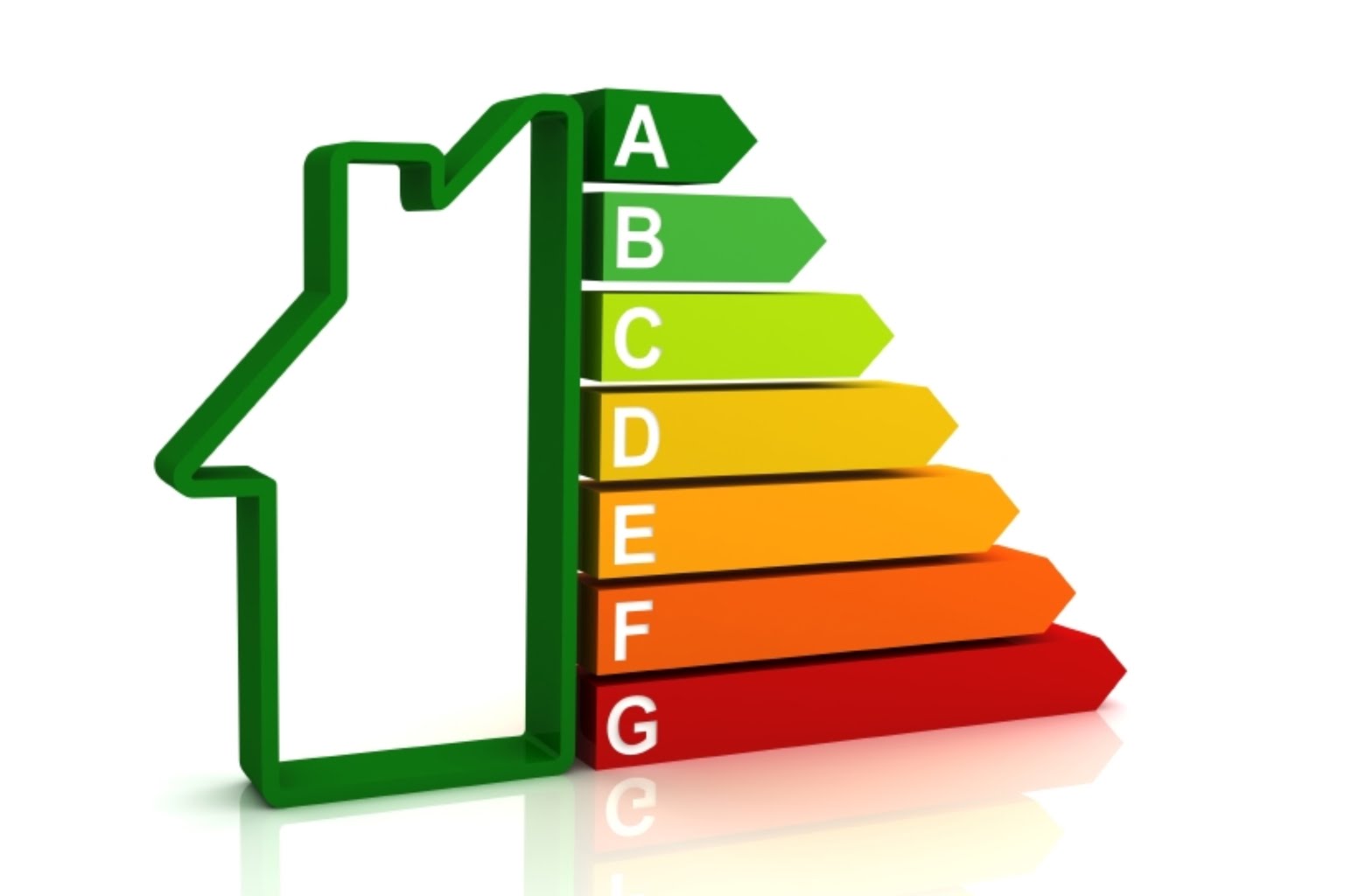Understanding the Importance of Energy Statements in Domestic New Build Planning in the UK
The UK government has introduced a series of measures to reduce carbon emissions and promote sustainable development. One of the key requirements for new residential developments is the submission of an Energy Statement, which is a critical component of the planning process.
1. What is an Energy Statement?
An Energy Statement, also known as an Energy Assessment Report, is a document that outlines the energy performance of a proposed new residential development. It provides an assessment of the potential energy consumption and emissions associated with the development, based on the proposed architectural design, materials, and systems.
2. Why is it Needed?
The UK's Building Regulations, Part L, requires that all new domestic buildings meet minimum energy efficiency standards. The Energy Statement is a crucial tool in demonstrating compliance with these regulations. By analyzing the energy performance of the development, it helps ensure that the building meets or exceeds the required energy standards, which are set out in the SAP (Standard Assessment Procedure) calculation.
3. Benefits of an Energy Statement
The benefits of submitting an Energy Statement for domestic new build planning in the UK are numerous:
- Enhanced Design Options: By analyzing energy performance, designers can optimize the building design, selecting energy-efficient materials, and minimizing carbon emissions.
- Improved Energy Efficiency: The Energy Statement helps ensure that the building meets or exceeds energy efficiency standards, reducing energy consumption and carbon emissions.
- Simplified Compliance: An Energy Statement provides a clear and concise summary of the energy performance, facilitating compliance with building regulations.
- Increased Property Value: A well-designed and energy-efficient building can increase property value, appeal to environmentally conscious buyers, and potentially command a higher market price.
4. Key Components of an Energy Statement
A typical Energy Statement includes the following components:
- Energy Consumption Projections: A detailed analysis of energy consumption, including heating, cooling, lighting, and appliances.
- Carbon Emissions Assessment: A comprehensive assessment of carbon emissions, taking into account factors like energy efficiency, insulation, and renewable energy systems.
- Design Solutions and Recommendations: A detailed report outlining design solutions to improve energy performance, including recommendations for energy-efficient materials, systems, and technologies.
5. Submission Requirements
The Energy Statement is typically submitted as part of the planning application package. It may also be required by Local Authorities as part of the pre-application process or as a condition of planning approval.
6. Consultant Expertise
When preparing an Energy Statement, it is essential to engage the services of a qualified environmental consultancy, such as Envirassist, to ensure a comprehensive and accurate assessment. Our experts have extensive knowledge of the UK's building regulations and energy-efficient design principles.
Conclusion
In conclusion, an Energy Statement is a vital component of domestic new build planning in the UK. It helps designers and developers ensure that their buildings meet minimum energy efficiency standards, reduce carbon emissions, and promote sustainable development. By understanding the importance of an Energy Statement, developers can enhance their building's energy performance, optimize design options, and simplify compliance with building regulations.
At Envirassist, we provide expert services in preparing Energy Statements for domestic new build planning in the UK. Our team of experienced environmental consultants will work closely with you to ensure a comprehensive and accurate assessment, helping you navigate the complex world of energy-efficient building design and planning.
For more information on how we can help contact us on 020 8638 6418 or email:

